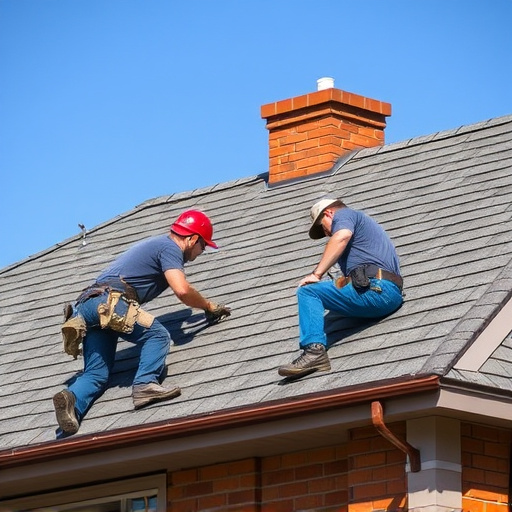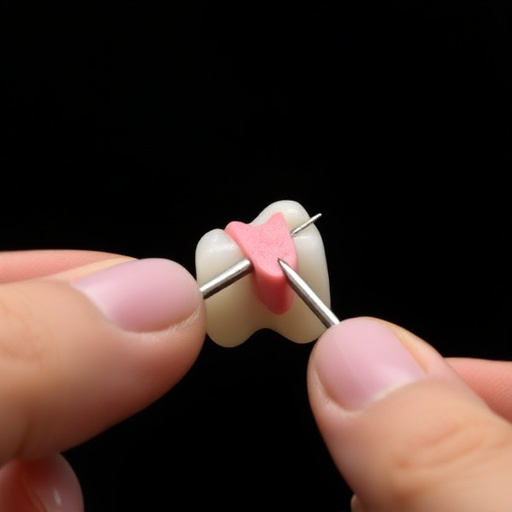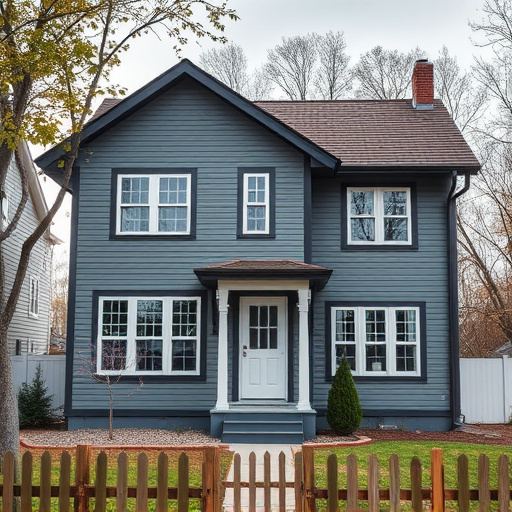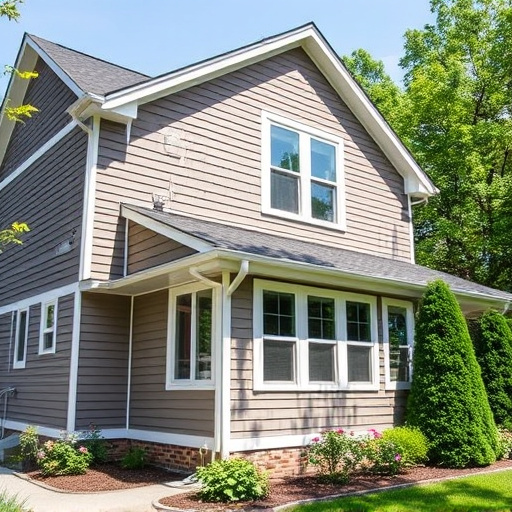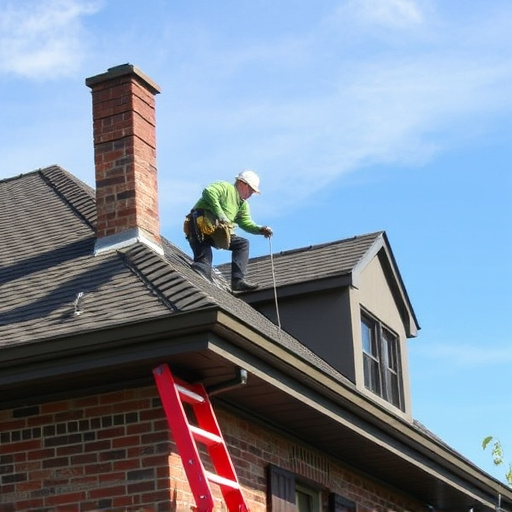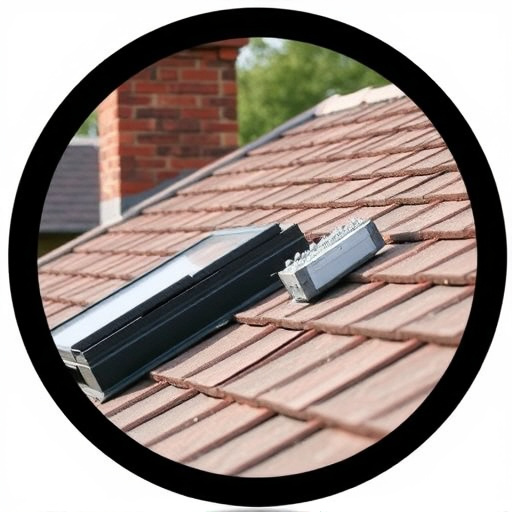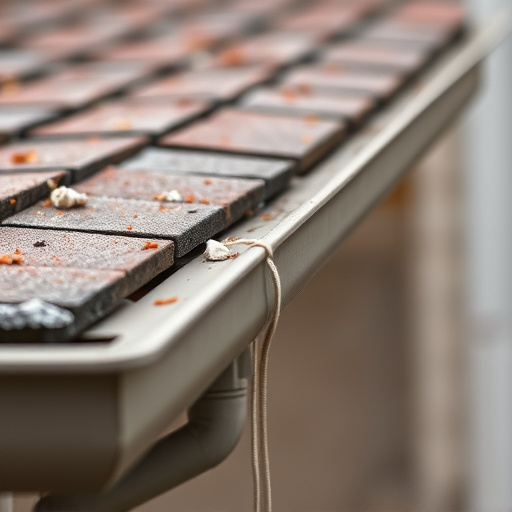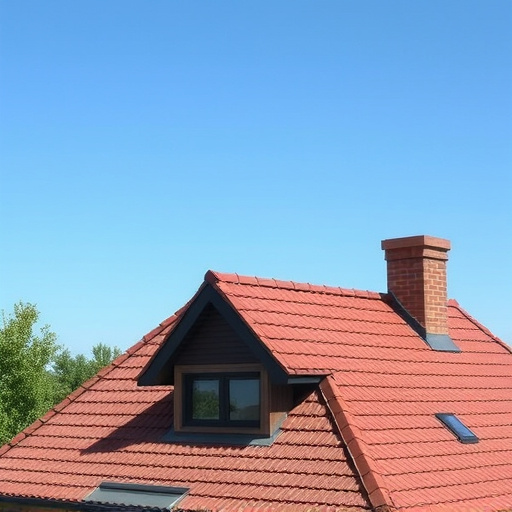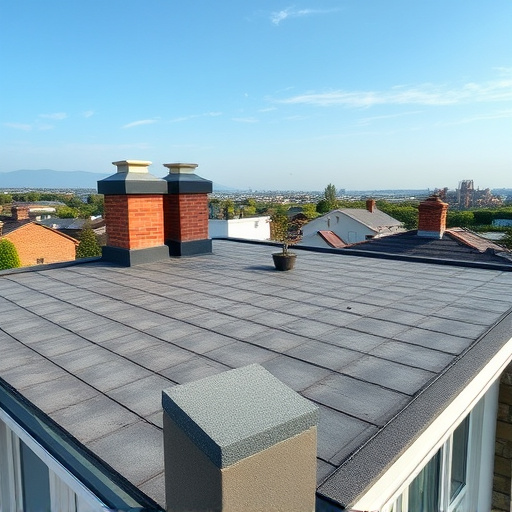Moisture barriers are crucial for protecting structures from environmental harm, especially in humid regions. When installing a multi-layered moisture barrier system for siding, select materials that offer superior water intrusion protection, such as housewraps and water-repellent membranes. Address existing moisture issues, clean and prepare the exterior, then apply base coats followed by subsequent layers with adequate drying time to fortify the siding against storm damage. Complement this system with proper soffit and fascia ventilation for comprehensive defense against moisture damage.
In any home construction or renovation, a robust siding system is paramount for protection against the elements. A crucial component of this system is the moisture barrier, which prevents water infiltration, thereby safeguarding structural integrity and promoting longevity. This article delves into the intricacies of layering moisture barriers in siding systems, guiding you through understanding their function, choosing the right materials, and executing an effective multi-layered protection technique.
- Understanding Moisture Barriers in Siding Systems
- Selecting the Right Materials for Multi-Layered Protection
- Step-by-Step Guide to Effective Layering Technique
Understanding Moisture Barriers in Siding Systems
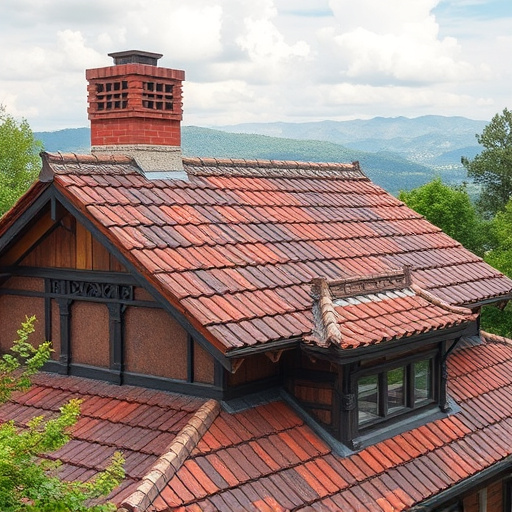
Moisture barriers play a critical role in any siding system, acting as a protective layer against environmental elements and moisture infiltration. In a professional siding installation or roof repair, understanding the purpose and functionality of these barriers is essential for long-lasting results. They are designed to prevent water vapor and liquid water from passing through the exterior walls, which can cause serious damage over time.
The primary function of a moisture barrier is to create a protective barrier between the interior of a building and the external elements, especially in regions with high humidity or frequent rainfall. This is particularly important for maintaining the structural integrity of the siding system and ensuring that any issues with water penetration are addressed promptly. Professional roofing services often incorporate multiple layers of moisture barriers to offer enhanced protection, ensuring that even if one layer fails, there are backup systems in place to safeguard against moisture damage.
Selecting the Right Materials for Multi-Layered Protection

When designing a multi-layered moisture barrier system for a siding system, it’s crucial to select materials that offer superior protection against water intrusion. The primary goal is to create a complex barrier that channels water away from the building envelope, preventing damage to insulation, framing, and interior finishes. This involves more than just choosing a single high-performance product; it requires layering multiple barriers with specific roles. For instance, a primary barrier like a housewrap or synthetic underlayment can prevent air and moisture from penetrating through cracks and gaps. Over this, apply a secondary water-repellent membrane for added protection against heavy rainfall and snowmelt. Consider the unique challenges posed by your local climate and building environment to ensure the optimal selection of materials for long-lasting siding installation and gutters protection. Additionally, efficient drainage systems, like proper soffit and fascia ventilation, should complement the layered barrier system for comprehensive defense against moisture damage during any siding replacement process.
Step-by-Step Guide to Effective Layering Technique

To ensure effective moisture barrier layering in your siding system, follow this step-by-step guide. Begin by assessing your exterior home improvements and identifying areas prone to water intrusion. Prepare the surface by cleaning and inspecting for any damages or existing moisture issues. This crucial step guarantees a solid foundation for your barrier layer.
Next, apply the first coat of moisture barrier using a suitable adhesive, ensuring complete coverage. Allow it to dry according to manufacturer instructions. After the initial layer is secure, add subsequent layers, each separated by the recommended drying time. This method creates a robust defense against storm damage repair and potential roofing services issues, safeguarding your siding system from moisture infiltration.
When it comes to safeguarding your siding system, a multi-layered moisture barrier approach is key. By understanding the importance of these barriers and selecting high-quality materials, you can ensure your home remains protected against moisture damage. Following the step-by-step guide provided, you’ll be able to implement an effective layering technique, creating a robust defense against the elements. Invest in the right products and take your time during installation for long-lasting results.


